

Flying yachts, once the things of our wildest, most fantastical fantasies, are inching closer and closer to becoming a reality. As the industry prepares for the 2022 Superyacht Design Festival, BOAT catches up with Guillaume Hoddé, co-founder of AirYacht, and Franck Darnet, the yacht’s designer, to learn about an innovative concept due to take flight in 2026.
The AirYacht’s innovative design consists of two separate modules: a 200-metre helium-filled airship connected to an ultra-lightweight all-carbon 52-metre superyacht residence. It is capable of flying between 100 and 3,000 metres above the earth and has an autonomous cruising time of around one week.
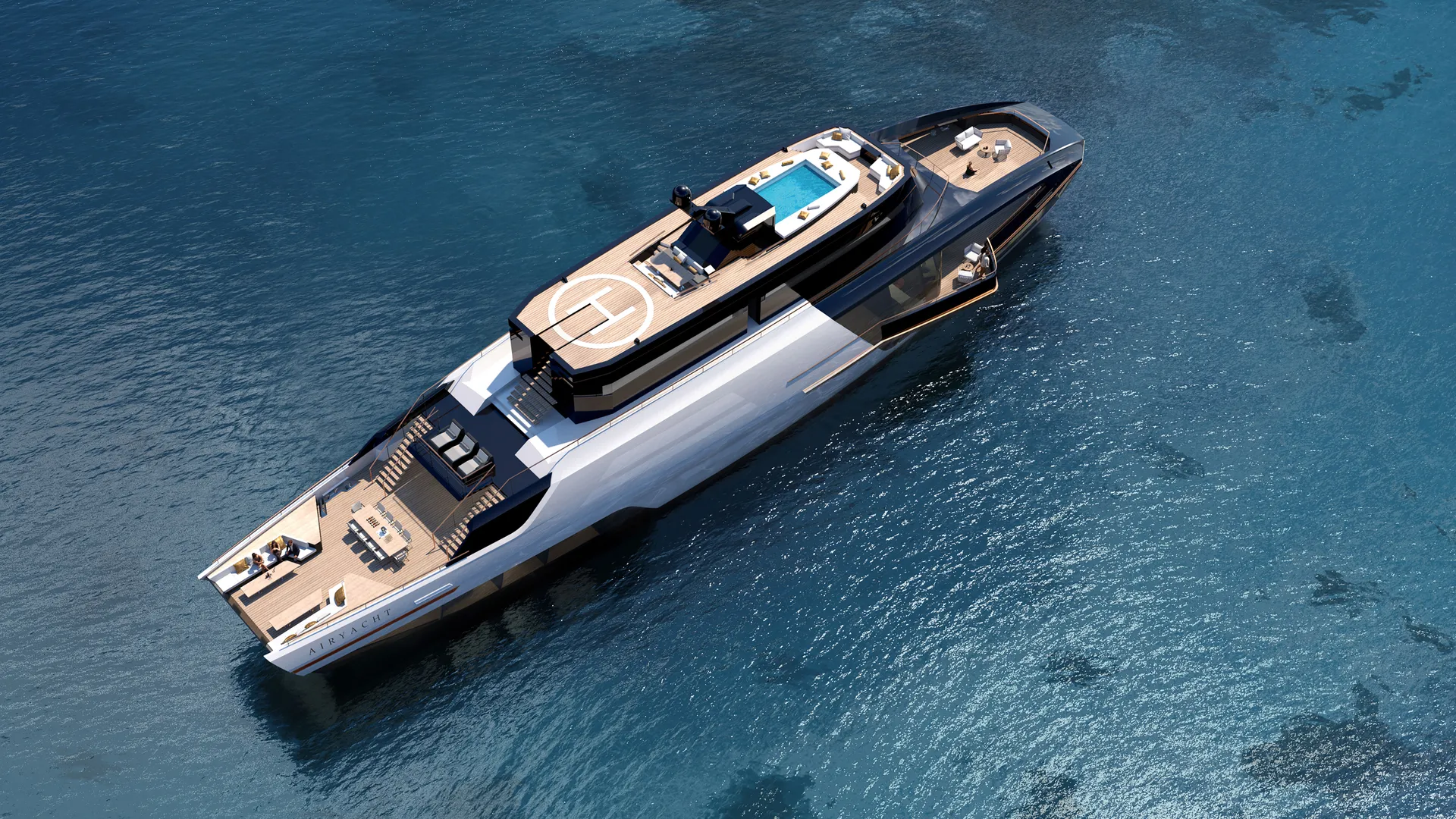
The three-story residence may be landed in its entirety, or a 12-person elevator may be deployed to enable guests to disembark for a brief stopover.
Each module has its own personnel complement; the airship has a crew of three and the residence has a crew of twelve.
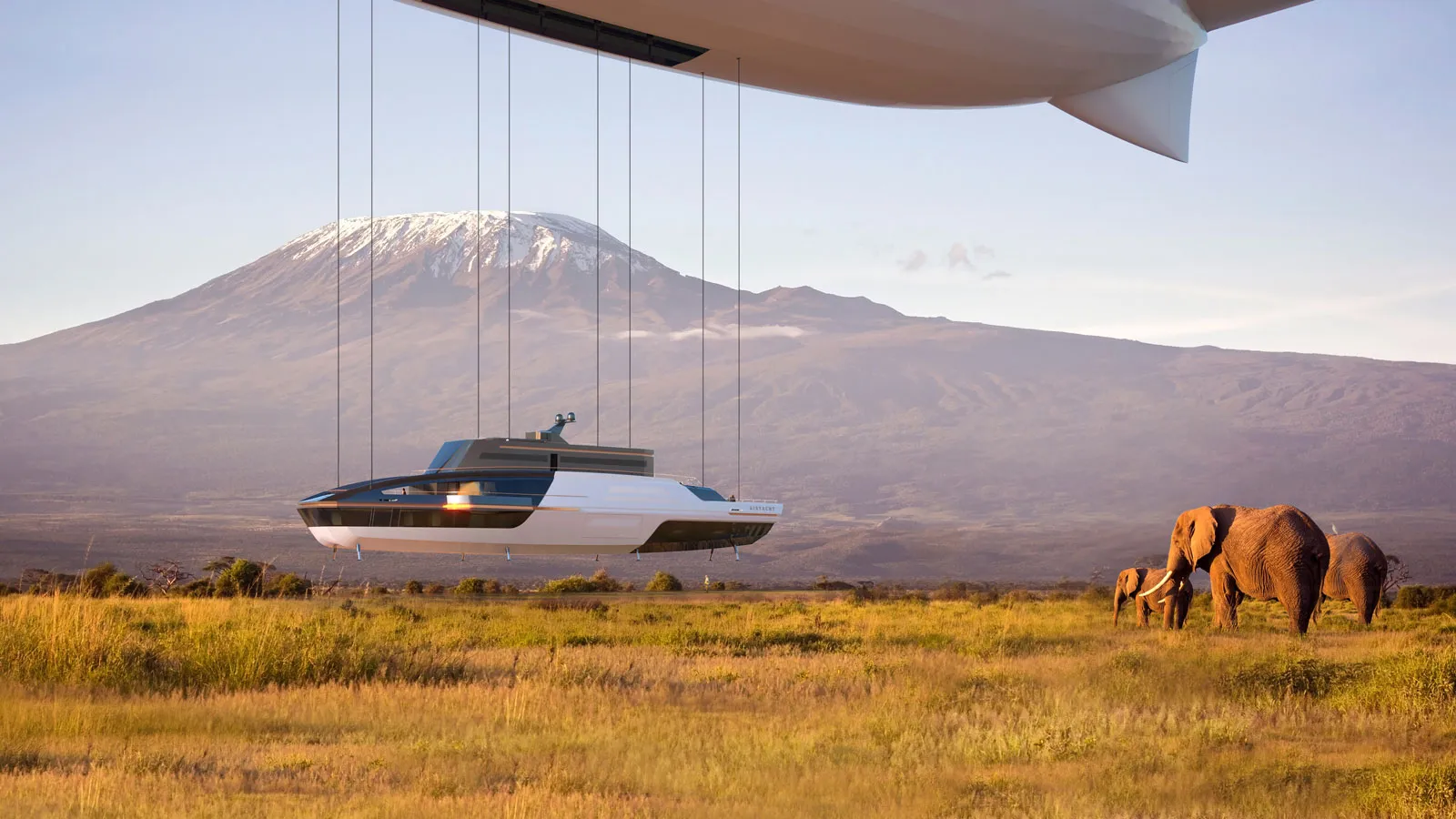
The residence will have the same configuration as a superyacht, with three decks, 750 square metres of interior space, and amenities such as a fitness centre, sauna, swimming pool, and helipad.
With five or six cabins, the ship can accommodate between ten and twelve passengers. Terraces that can be utilised while the AirYacht is both in motion and at rest flank the starboard and port sides, and a 120-square-meter terrace-style veranda is located at the rear.
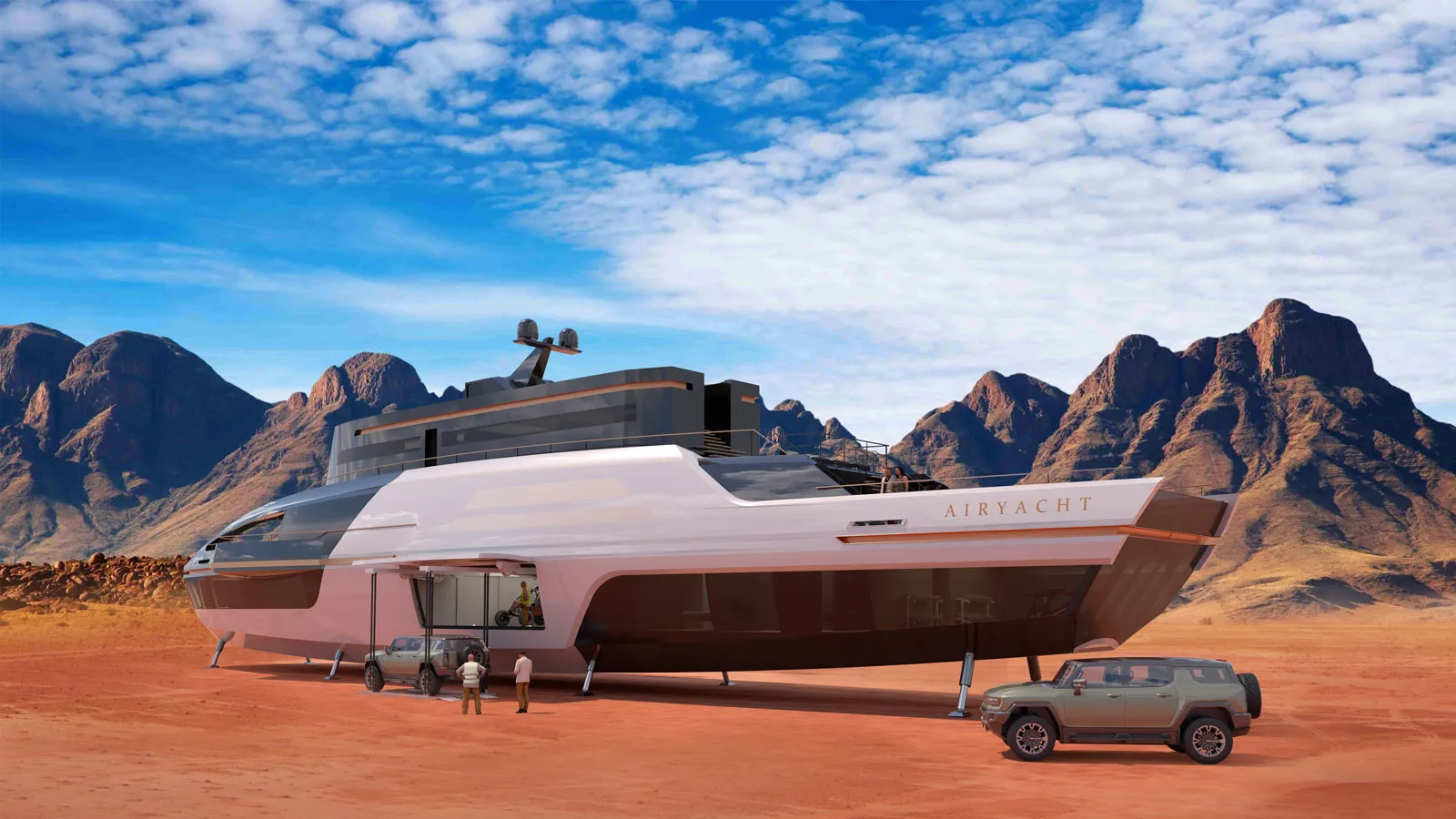
The AirYacht’s design is dependent on its aerodynamic shape and minimal weight. To keep the vessel as light as feasible, no engines will be installed in the residence section.
In addition to enabling the residence to be constructed at AirYachts’ facility without the need for a shipyard on land, this creates more space and allows for greater customization of the interior layout. When the home is detached and floating on water, its caretakers will tow it.

The AirYacht intends to provide passengers with the freedom to travel anywhere in the globe, from lakes and oceans to deserts and mountains. “On a typical superyacht, you must remain at sea. “It is impossible to traverse a hill or a mountain,” said Franck Darnet. “The majority of the beautiful things you see on our planet are inland, although some of them are near the coast.”
Darnet had to reconsider numerous aspects of design in order to conceptualise the house. In order to provide the personnel with access to the airship module, the crew quarters are located in the upper forward section of the residence, which “plugs” into the airship.
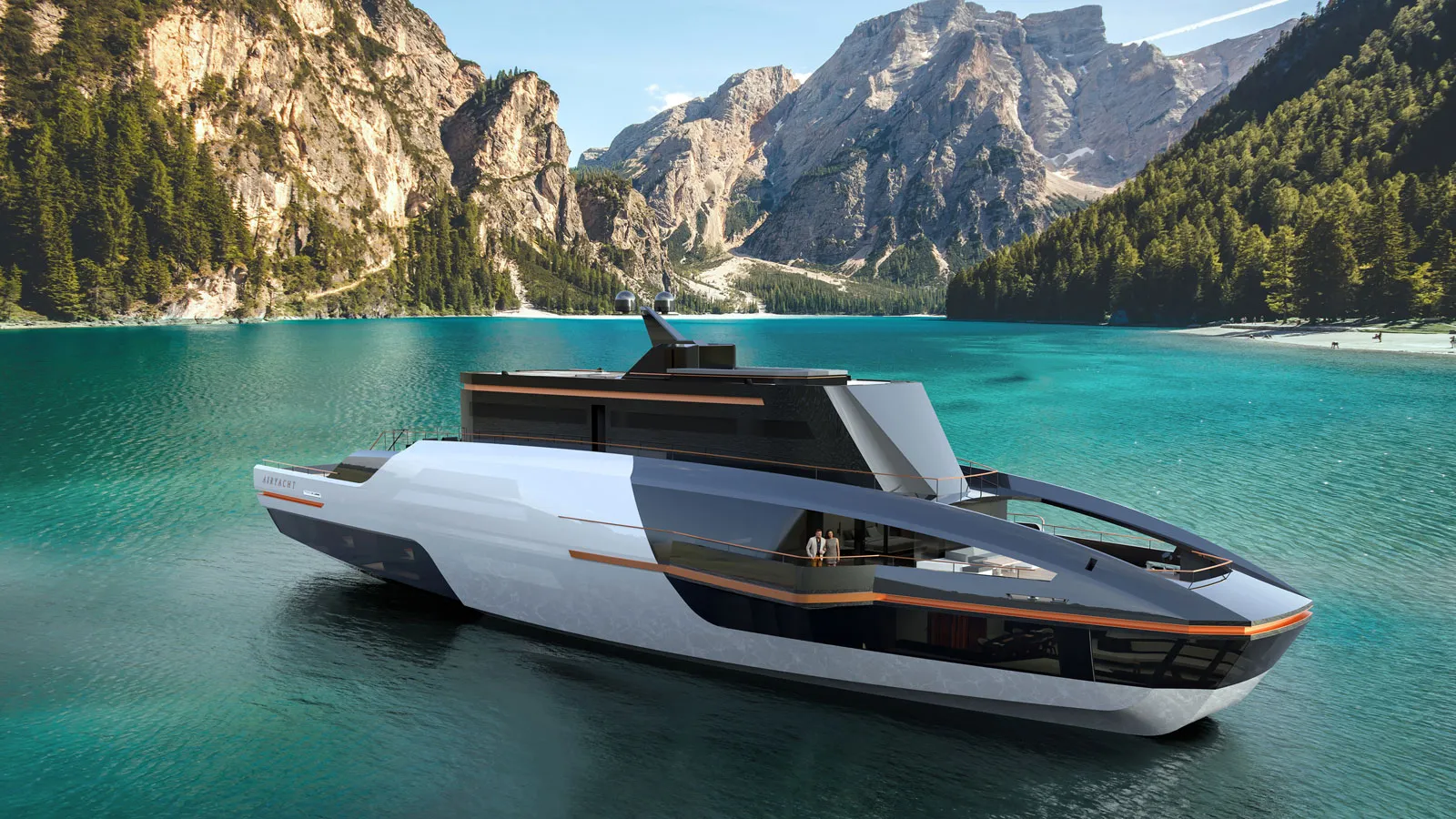
The AirYacht also features large sections of glazing in the hull that enable passengers to gaze down, “because the most spectacular things that exist when you’re flying are on the floor,” according to Darnet.
While the AirYacht will be able to fly at stratospheric altitudes of approximately 3,000 metres, the vessel is designed to cruise at altitudes between 100 and 200 metres to provide passengers with unobstructed views of the world below.
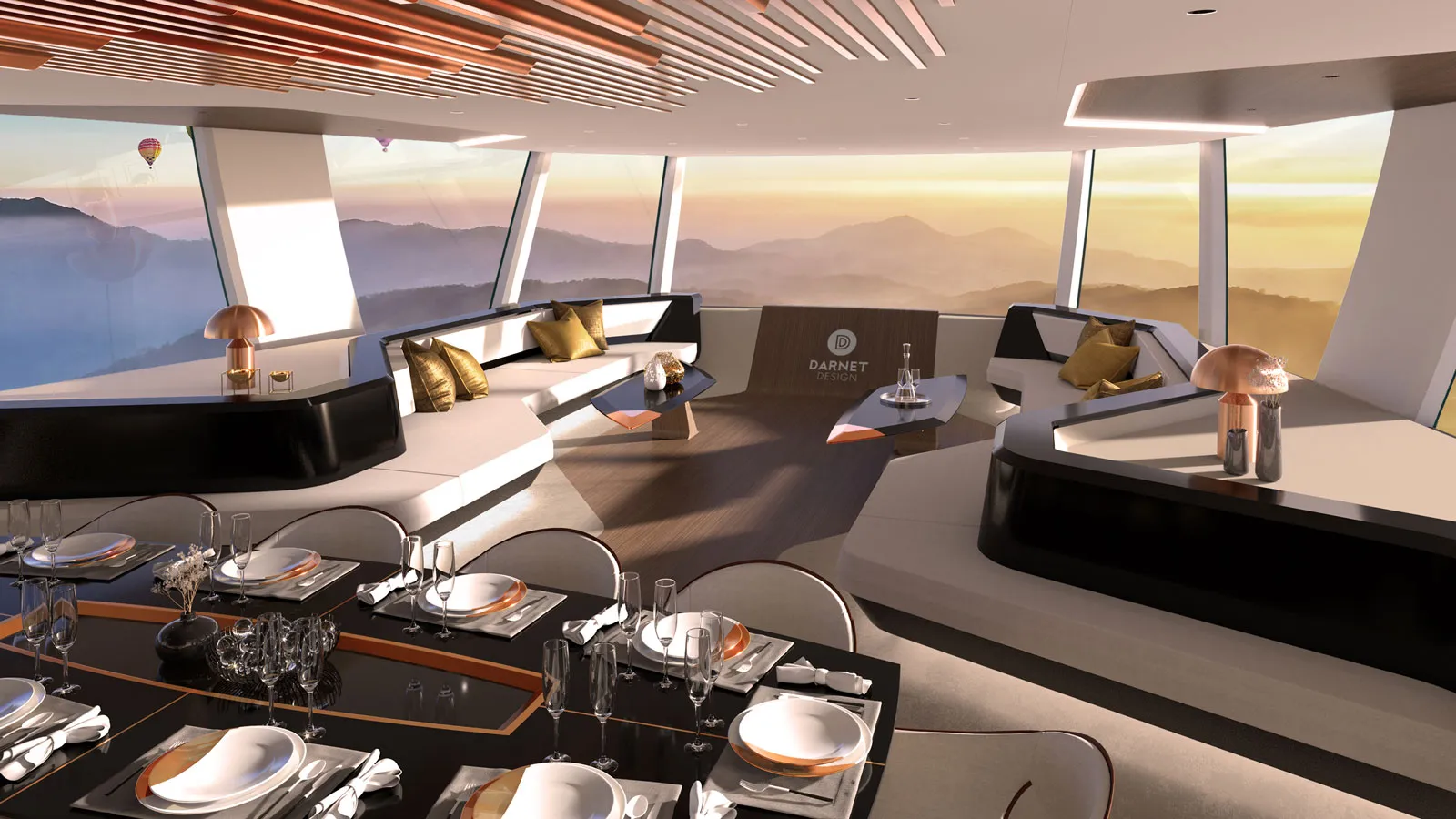
The AirYacht will require ‘early adopters’ to take off, both literally and metaphorically. “This is not a brand-new ship, yacht, or aircraft. This is an entirely novel concept, according to Guillaume Hoddé, co-founder of AirYacht. “New idea, new design.” It resembles a fantasy.”

The AirYacht is currently powered by hybrid technology. “In ten years, we hope to have a fully hydrogen-powered version,” Hoddé explained.
The first AirYacht is expected to be completed in 2026 and will be capable of velocities of up to 50 knots.